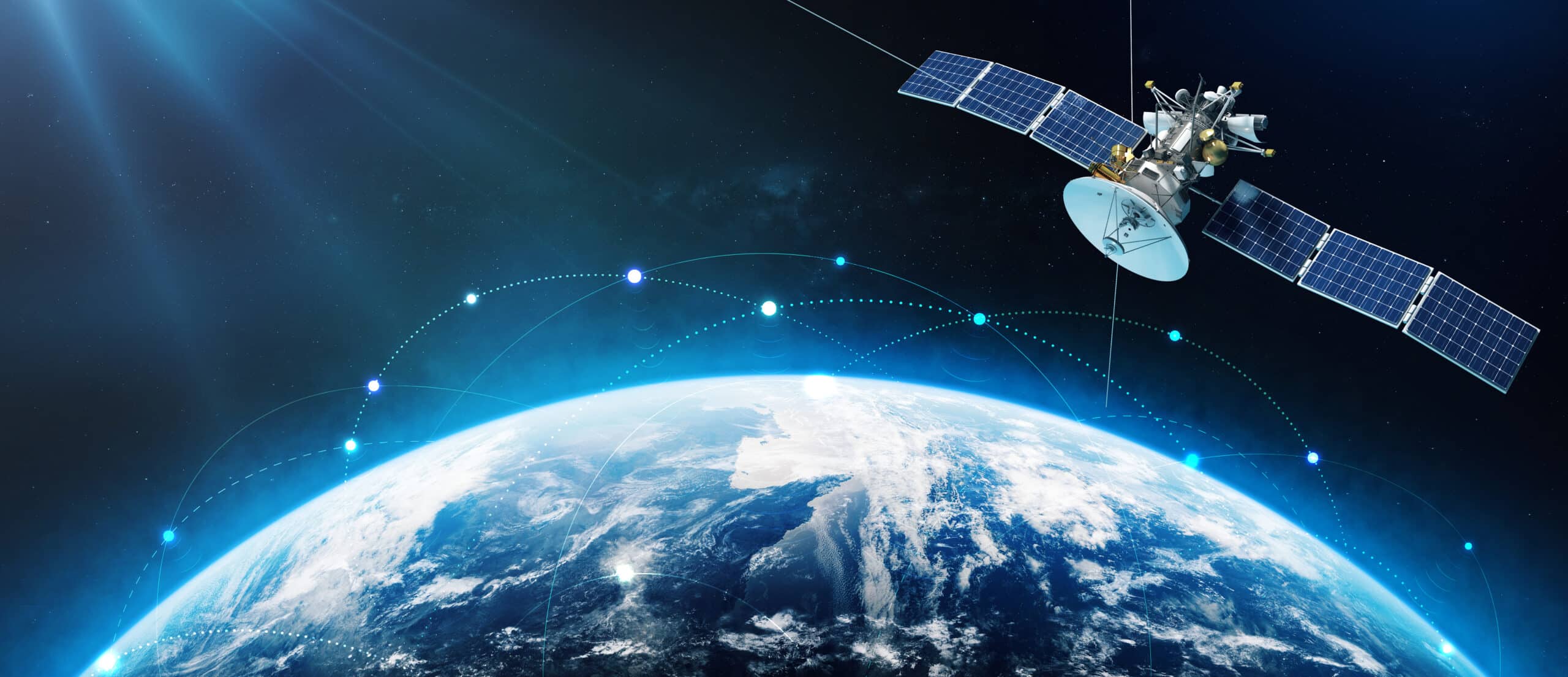What is satellite IoT?
Satellite IoT refers to the use of satellites to enable communication and data exchange between Internet of Things (IoT) devices, particularly in locations where traditional connectivity options like cellular, Wi-Fi, or LoRaWAN are not viable. Satellite IoT expands connectivity to remote, maritime, or rural regions where cellular or other forms of connectivity are unavailable.
New satellite connectivity standards are making it possible to support satellite connectivity and traditional cellular or WiFi connectivity in the same device.
This means that IoT devices can use low-cost cellular or WiFi connectivity by default, and fall back to satellite connectivity when operating in areas with no coverage.






